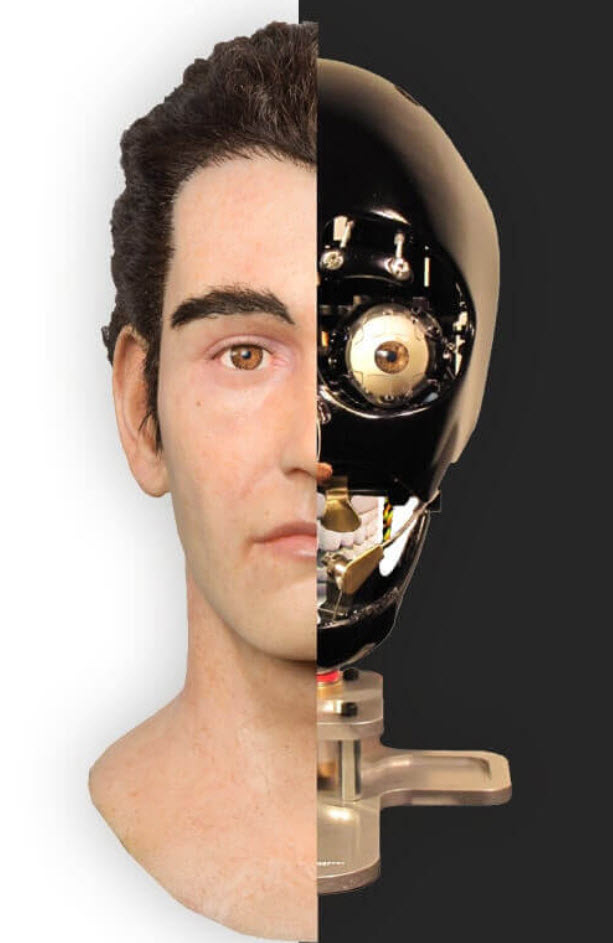
The notion of humanoid robots has fascinated and intrigued humanity for centuries. The idea of machines that can mimic human movements, interact with us, and perhaps even possess human-like intelligence has been a recurring theme in science fiction and a driving force behind technological innovation. In this blog post, we’ll take a journey through time to explore the remarkable evolution of humanoid robots, from their humble beginnings in science fiction to their incredible reality in today’s world.
The Birth of the Idea
The concept of humanoid robots can be traced back to ancient myths and stories. In Greek mythology, we find tales of automatons created by the gods, like Talos, the bronze automaton that guarded the island of Crete. These myths planted the seeds of curiosity and fascination with the idea of creating artificial beings.
Science Fiction: A Catalyst for Imagination
It was in the realm of science fiction that the idea of humanoid robots truly took off. In 1920, Czech playwright Karel Čapek introduced the term “robot” in his play “R.U.R.” (Rossum’s Universal Robots), which explored the consequences of creating artificial beings for labor. The play captivated audiences and introduced the term “robot” to the world, setting the stage for the future of robotics.
Early Attempts: Unimate and ASIMO
The 20th century saw the emergence of practical robotics. In 1954, George Devol and Joseph Engelberger developed the Unimate, the world’s first industrial robot. While not humanoid in form, it marked the beginning of automation in various industries. The 21st century brought us Honda’s ASIMO, a humanoid robot capable of walking and climbing stairs, demonstrating significant progress in mimicking human locomotion.
The Rise of Social Robots
As technology continued to advance, robots began to take on social roles. The introduction of robots like Pepper, developed by SoftBank Robotics, showed the potential for robots to interact with humans on a more personal level. These robots could engage in conversations, recognize emotions, and provide assistance in various settings, from retail to healthcare.
Humanoid Robots in Research and Development
Today, the development of humanoid robots is at an all-time high. Researchers and engineers are working tirelessly to create robots with increasingly sophisticated capabilities. Some notable examples include Boston Dynamics’ Atlas, capable of performing acrobatic feats, and Ameca, which is designed to engage in natural conversations with humans and showcase facial expressions.
Challenges and Future Prospects
The journey of creating humanoid robots has been marked by numerous challenges, including achieving natural motion, ensuring safety, and developing robust artificial intelligence. As technology continues to advance, we can expect even more remarkable advancements. Humanoid robots may soon find roles in healthcare, education, disaster relief, and more, augmenting our capabilities and improving our quality of life.
Whether you’re a science enthusiast, a technology buff, or just curious about the future of robotics, the evolution of humanoid robots is a story worth following. It’s a testament to our ceaseless pursuit of innovation and our desire to understand what it means to be human, both through our own existence and the creation of machines in our image.
To find out more please contact us or call tel:+01.385.230.7377



2023